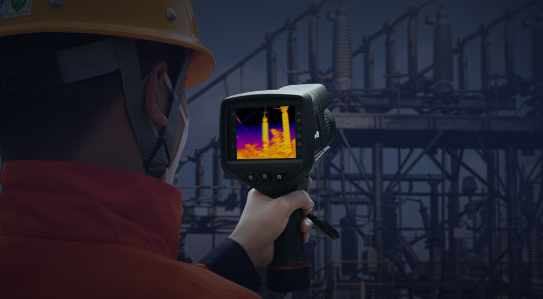Infrared night vision devices and thermal imaging night vision devices can provide clear images in different environments, and each has its own advantages and disadvantages, which depends on the different usage scenarios.
II. Working principles of infrared night vision devices and thermal imaging night vision devices
Infrared night vision devices rely on infrared rays to illuminate objects and form images by detecting infrared images reflected by objects. Therefore, in low-light environments, infrared night vision devices can provide clear black and white images. Thermal imaging night vision devices use the radiation energy of objects and convert it into images. Therefore, even in completely dark environments, thermal imaging night vision devices can provide clear images and can display the heat distribution of objects.
II. Advantages and disadvantages of infrared night vision devices and thermal imaging night vision devices
1. Advantages of infrared night vision devices: they can provide very clear black and white images and are relatively cheap.
2. Disadvantages of infrared night vision devices: they can only display the basic shape of the surface of an object, and the details and texture information of the object are not clear enough.
3. Advantages of thermal imaging night vision devices: they can provide very clear images in completely dark environments, can display the heat distribution of objects, and have very clear details and texture information of objects.
4. Disadvantages of thermal imaging night vision devices: They are relatively expensive and sensitive to temperature changes. Errors may occur when there is a large temperature difference between indoors and outdoors.

III. Choices in different scenarios
1. Security monitoring: In indoor places, infrared night vision devices can be used, which are relatively cheap; in outdoor environments, thermal imaging night vision devices should be used because they can provide clearer images.
2. Weapon accessories: Infrared night vision devices can be easily installed on various weapons, and rechargeable infrared night vision devices can provide very good auxiliary effects when shooting, helping shooters to accurately aim at targets. Thermal imaging night vision devices can be used to detect obstacles ahead and ambushed enemies.
IIII. Conclusion
In general, infrared night vision devices and thermal imaging night vision devices can provide clear images in different environments, and each has its own advantages and disadvantages, which depends on the different usage scenarios. If the environment allows, thermal imaging night vision devices are a better choice because they can provide more information and clearer images. For scenarios with limited economy or need to work in low-light environments, infrared night vision devices are a more suitable choice.


